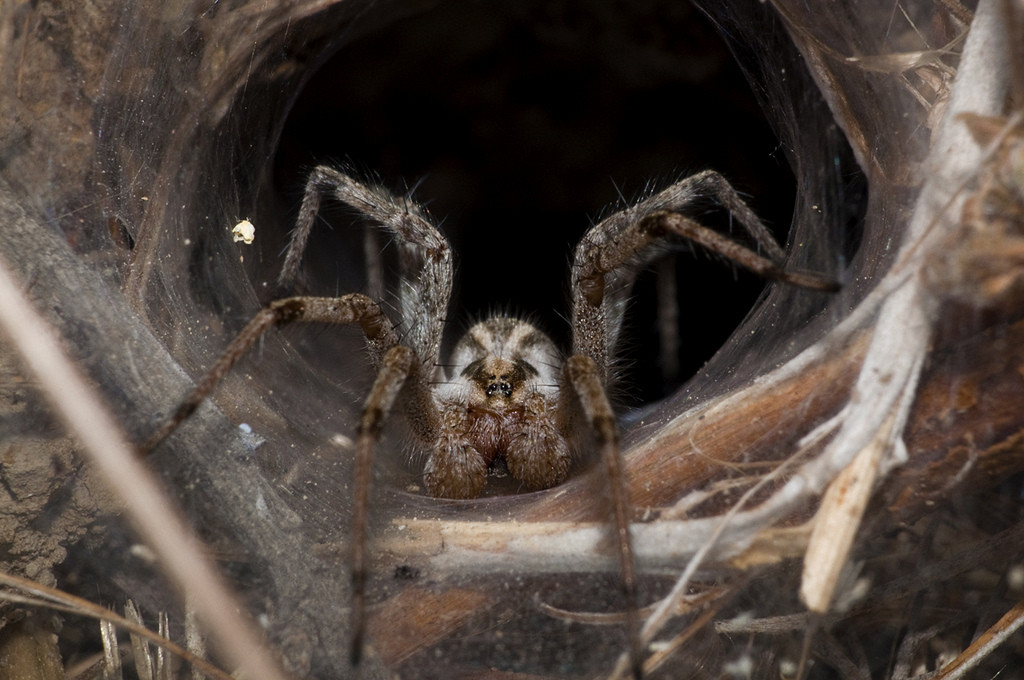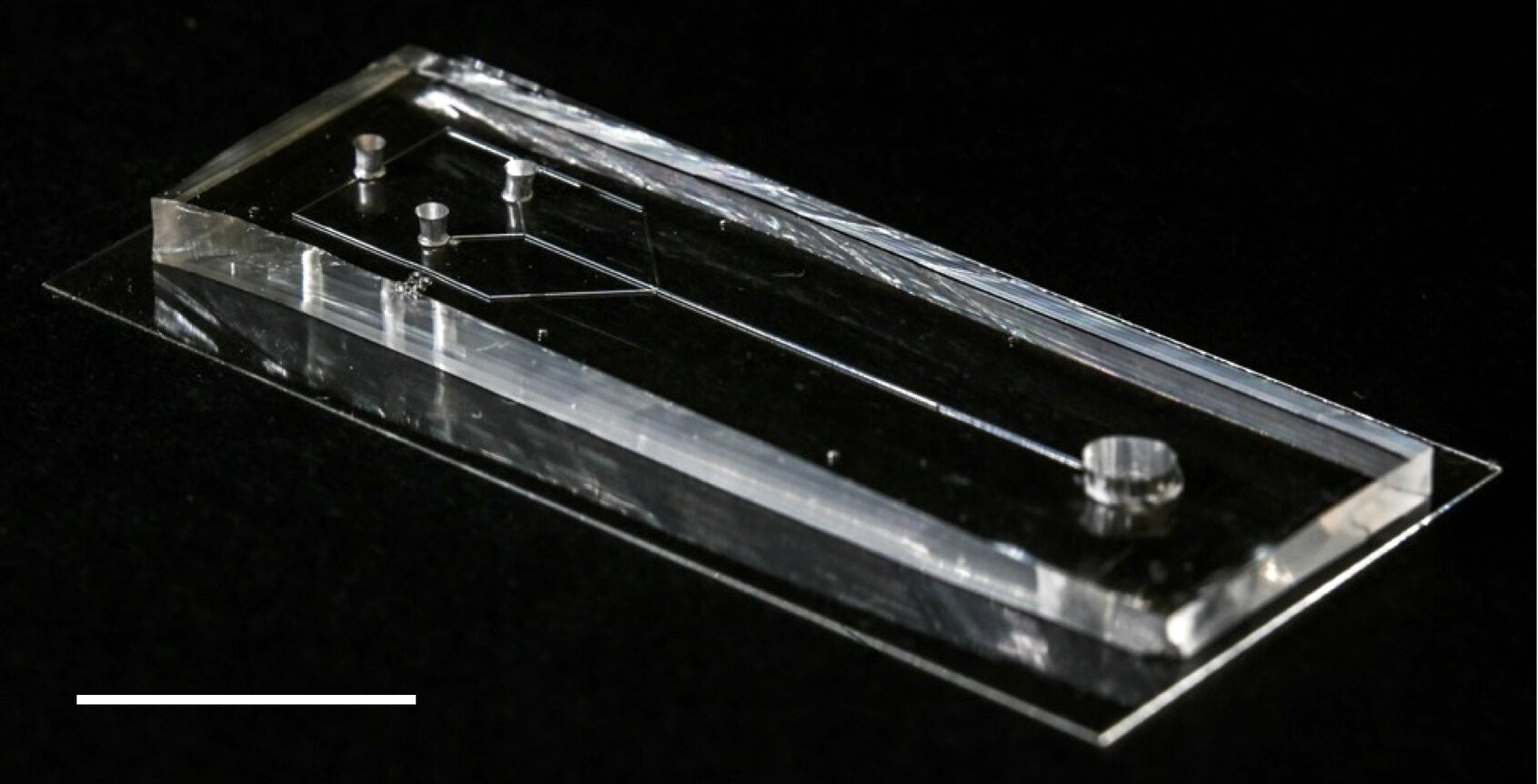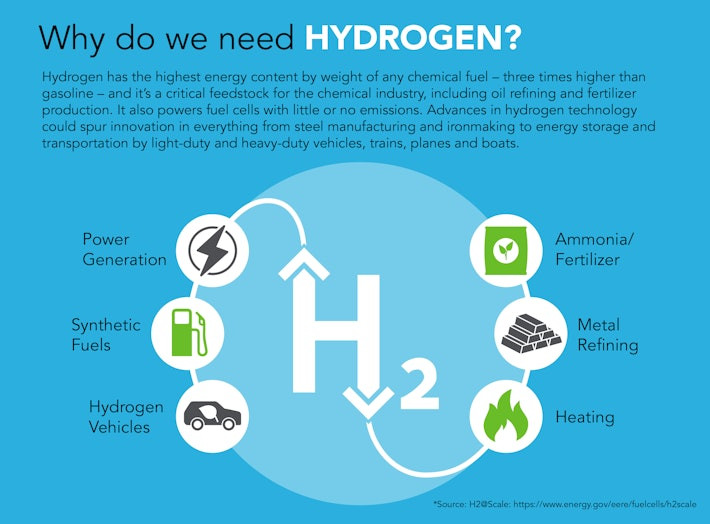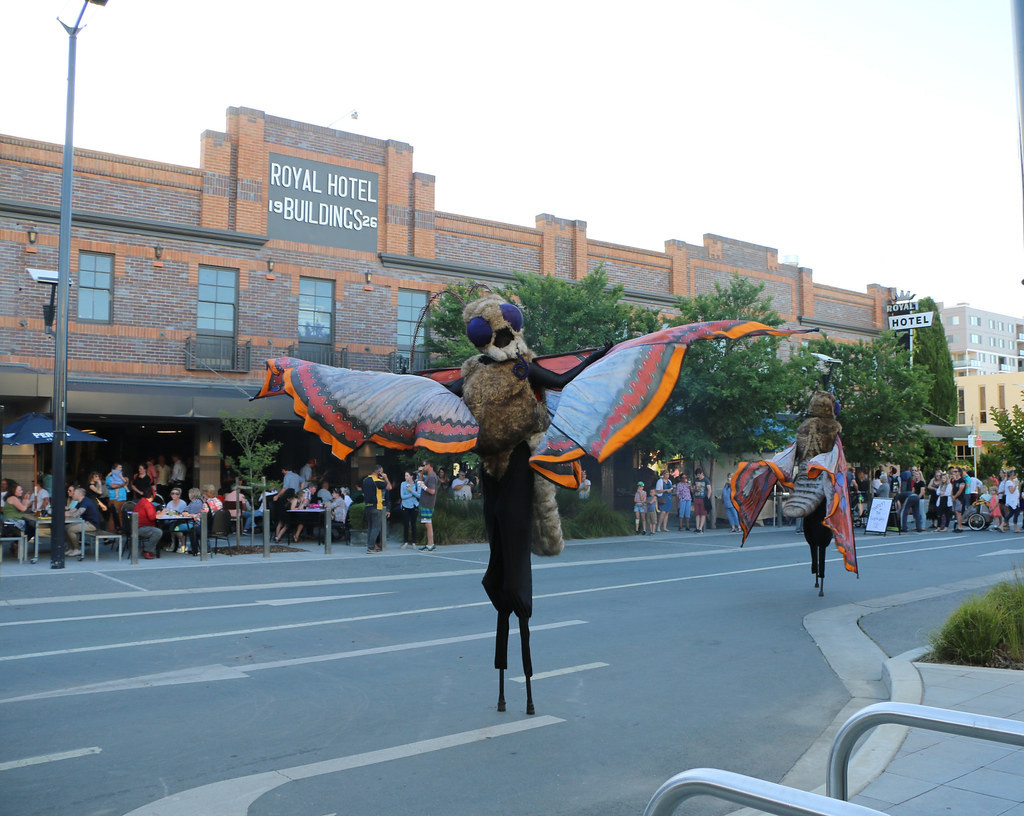We’ve all felt that little spark when we pet our furry friends or scoot across a carpet. Static electricity is as pervasive as it is mystifying. It has been known for centuries that rubbing objects together generates static electricity. This phenomenon was first documented in 600 B.C. by Greek philosopher Thales of Miletus.
Despite much curiosity, there has been no satisfactory explanation for static electricity – until now. A new study reveals what generates that light zap, and the answer is simple yet intriguing.
The research was led by Laurence Marks, a professor of materials science and engineering at Northwestern’s McCormick School of Engineering. The paper’s first author, Karl Olson, is a PhD student in Marks’ research group.
According to the research team, when an object slides, the front and back parts experience different forces. This difference causes varying electrical charges to build up, and the disparity in charges generates a current.
“For the first time, we are able to explain a mystery that nobody could before: why rubbing matters,” said Professor Marks. “People have tried, but they could not explain experimental results without making assumptions that were not justified or justifiable.”
“We now can, and the answer is surprisingly simple. Just having different deformations – and therefore different charges – at the front and back of something sliding leads to current.”
“In 2019, we had the seed of what was going on. However, like all seeds, it needed time to grow. Now, it has blossomed,” said Professor Marks.
“We developed a new model that calculates electrical current. The values for the current for a range of different cases were in good agreement with experimental results.”
Central to the new model is the concept of “elastic shear,” which occurs when a material opposes a sliding force.
As you push a plate across a table, it resists moving. Once you stop pushing, the plate ceases to move too.
This resistance to sliding triggers the movement of electrical charges. “Sliding and shear are intimately connected,” noted Professor Marks.
In more serious cases, static electricity can trigger industrial fires and explosions. These sparks can also hinder consistent dosing for powdered pharmaceuticals.
Armed with this new understanding, researchers may find innovative solutions to such problems. “Static electricity affects life in both simple and profound ways,” said Professor Marks.
The revelations unearthed by Professor Marks and his team bridge critical gaps in multiple scientific fields, offering novel applications that transcend traditional boundaries.
These insights can aid in the optimization of electronic devices, improve manufacturing processes where material handling is critical, and assist in the development of safer industrial practices.
For instance, by understanding the role of elastic shear, engineers can design materials and surfaces that minimize unintended static discharge, thereby enhancing safety protocols in environments susceptible to explosive risks.
This cross-disciplinary approach highlights the importance of collaborative research in addressing complex, real-world challenges.
The implications of this breakthrough extend beyond immediate industrial applications, embedding potential for future exploration in both theoretical and applied realms.
Moving forward, Professor Marks and his team aim to investigate the microstructural dynamics of elastic shear more intricately. This could potentially lead to the discovery of new materials engineered for desired static properties.
Furthermore, interdisciplinary collaboration could leverage this understanding in novel technologies, including more efficient energy harvesting systems and advanced coatings for electronic devices.
From influencing the grounding of coffee beans to shaping the formation of planets, static electricity’s reach is vast.
“It’s amazing how much of our lives are touched by static electricity and how much of the universe depends on it,” said Professor Marks.
The research, aptly titled “What puts the ‘tribo’ in triboelectricity,” shines a light on the puzzling phenomenon of static electricity. It shows us how the ordinary and extraordinary aspects of our world are interconnected and how one small zap can have far-reaching implications.
The study is published in the journal Nano Letters.

















